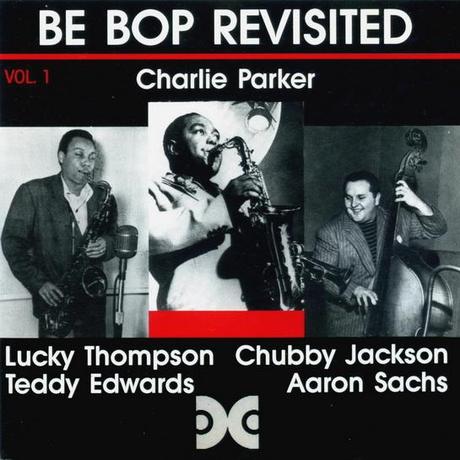
The changes wrought in jazz immediately before and after the United States’ involment in World Warr II were dramatic, emphatic and final. No subsequent evolution of the music has been quite so drastic and complete. When older musicians returned drom overseas hitches in European and Pacific theatres of war discovered that victories had been fought and won by young players at home.
Stereotyped swing had gone out of the window and the new improvisers had evolved new rhythmic, harmonic and melodic concepts. Radical though these developments were, bebop was firmly in earlier styles and the way had been pointed by Lester Young, Charlie Christian, Jimmy Blanton and other forward thinkers years earlier.
Coupled with desintegration of the big bands, wich would be all but complete by the end of the 1940s, come a recording boom that offered small groups from 52nd Stret and from the big bands, free rein. The times themselves dictated a change. An insecure world demanded new sounds, reflecting the headlong, frantic lifestyle that followed release from conflict. Xanadu’s “Be Bop Revisited series” is intented to document the jazz of those crucial years.

